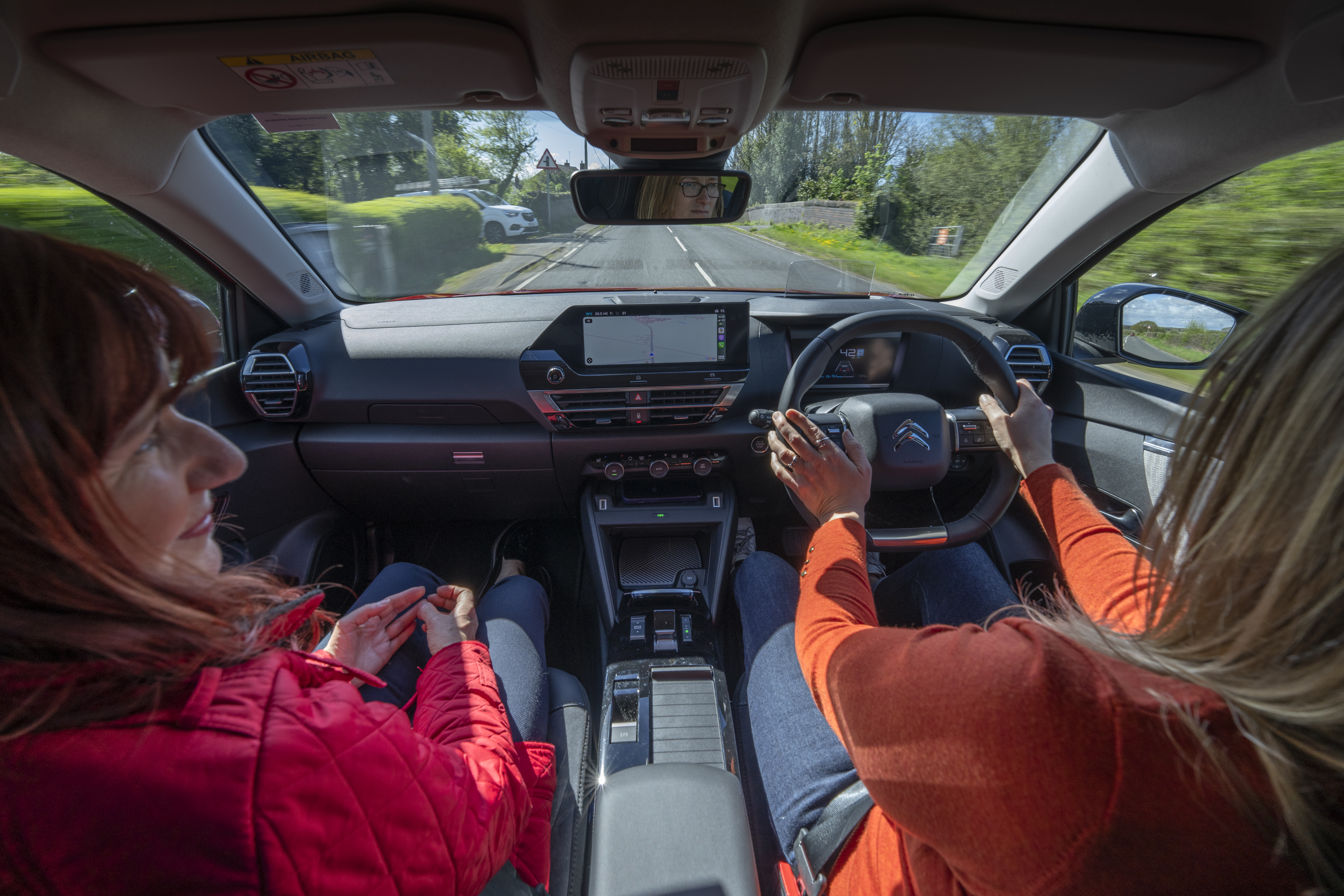It started on a mundane drive to my seven-year-old daughter’s swimming lesson. We were trundling along when out of the blue she told me that she hadn’t had a great day, because another child at school had been distracting and annoying.
This was unusual. She seldom complains about school, but also because any revelations normally arrive in a stream of unstoppable chat just before bedtime. Yet, when I thought about it, the car is often somewhere that she opens up.
Shared Stories
A quick survey of friends and colleagues showed similar experiences. “After my best friend’s particularly rough relationship break-up, we were on a long drive to a weekend away in the countryside when she finally opened up about how she was processing it. Maybe being in a quiet and intimate enclosed space together, but travelling to somewhere new for a relaxing weekend away from things at home, allowed her to let her guard down?” wondered one.
Commute Conversations
Another explained how a daily commute to the train station with his brother gradually opened the door for a conversation about problems he’d been experiencing with his mental health. “There was almost a distraction in the commute. Because his mental health wasn’t the main focus, it seemed easier to start to talk about it,” he said.
Expert Insights
To find out why cars seem to be a space where we can have important conversations, I jump into a Citroën ë-C4 Electric and head up to the beautiful Wirral Peninsula to speak to Alison Blackler. A mind coach, author and founder of 2-minds.co.uk, she is an expert in human interaction and how best to deal with important conversations, with decades of experience as a therapist.
The Power of Car Conversations
“There’s a sense of a shared experience in a car,” Blackler points out as we set off for our own big conversation. “You’re going to the same place, seeing the same things, having the same journey. Even with kids, especially if you let them choose the music and be involved in how the time is spent in the car, it’s great bonding time. That can make you feel closer to the other person, and can make it more likely that important topics will naturally come up in discussion without feeling forced.”





